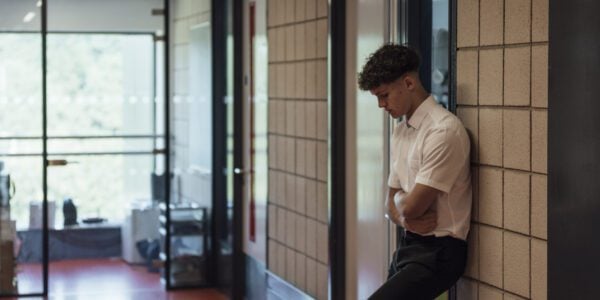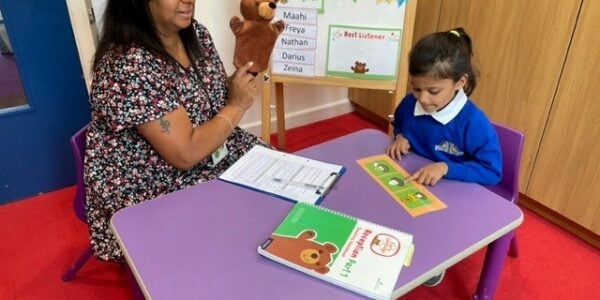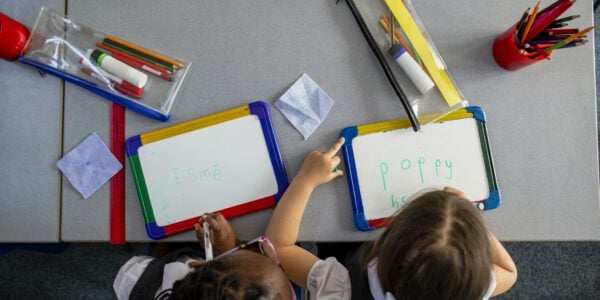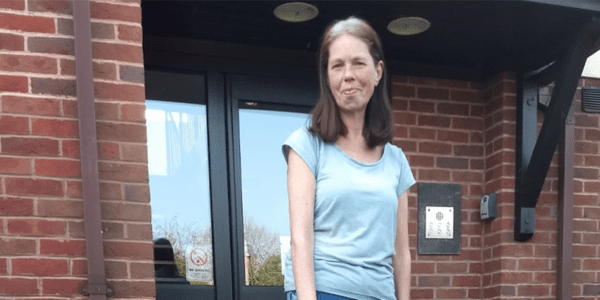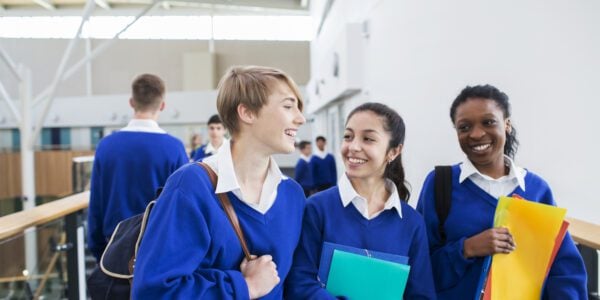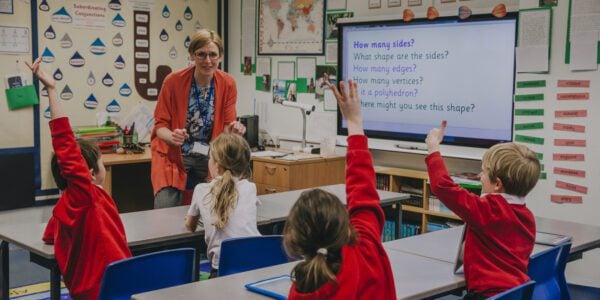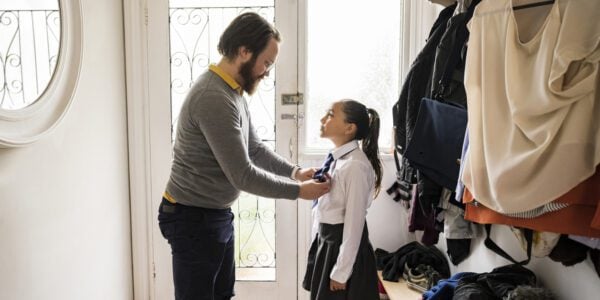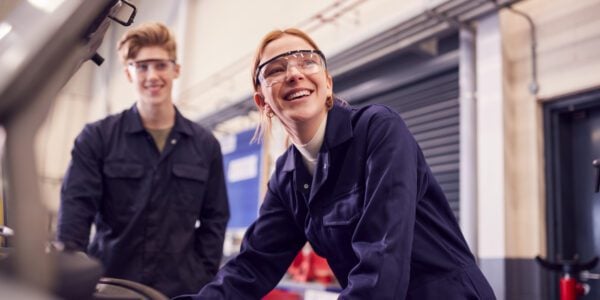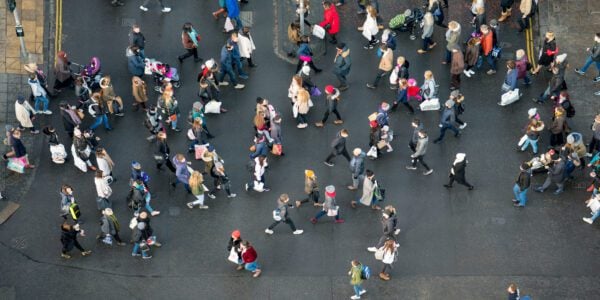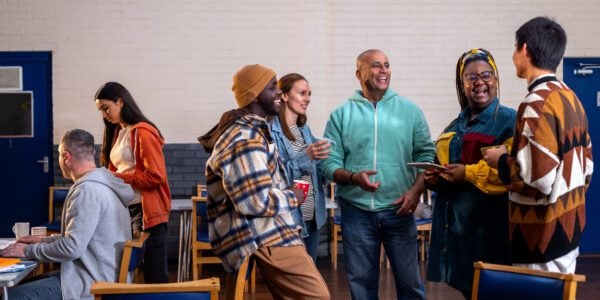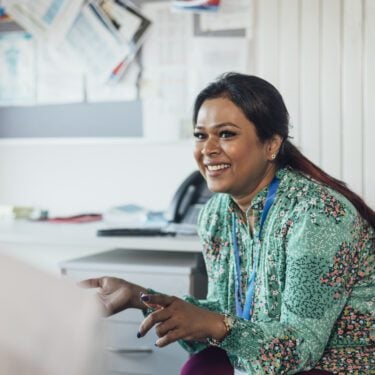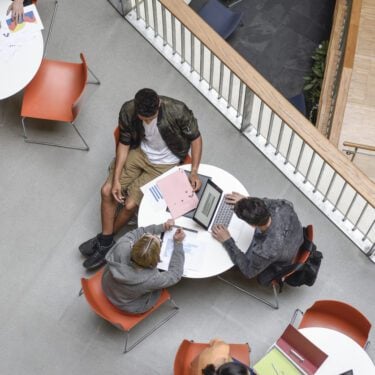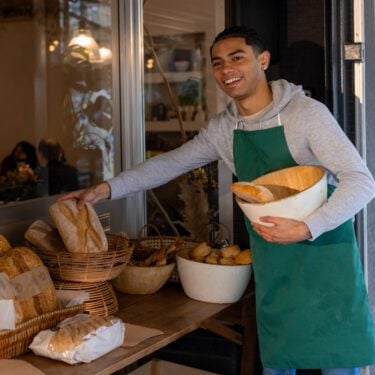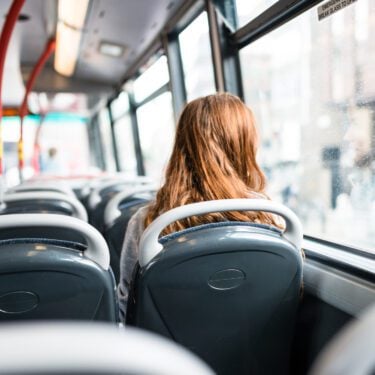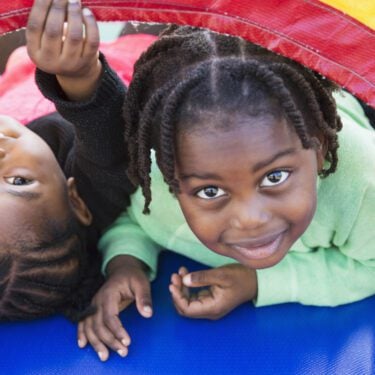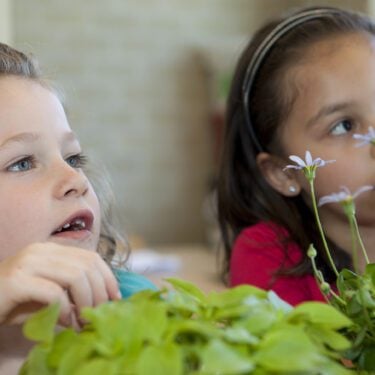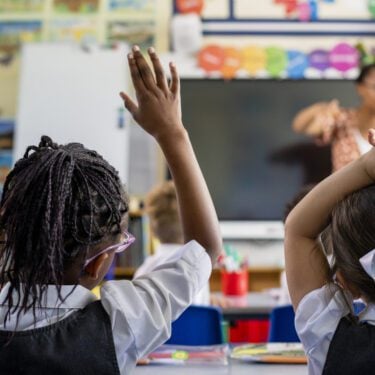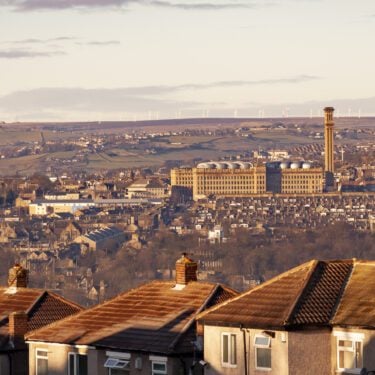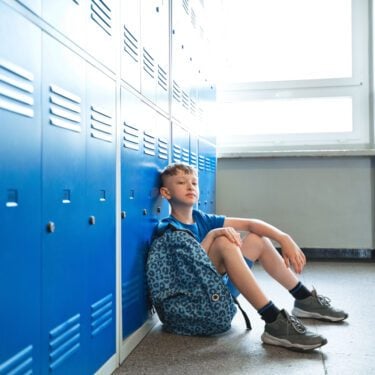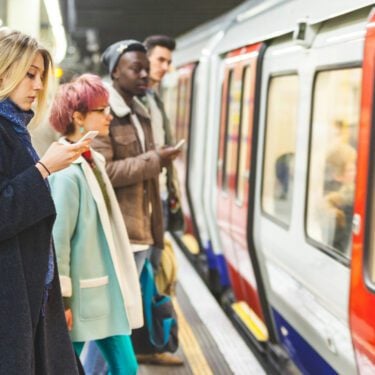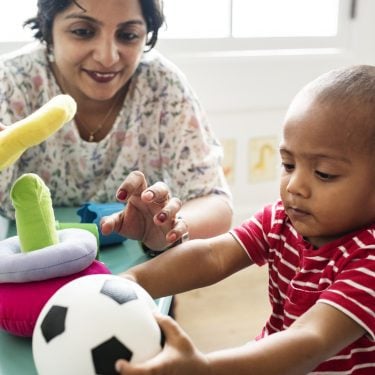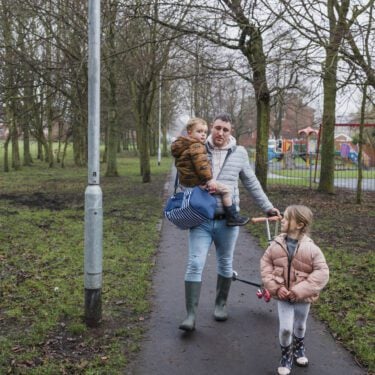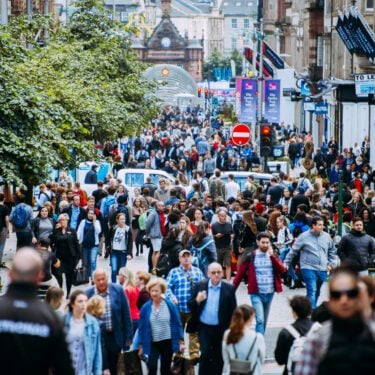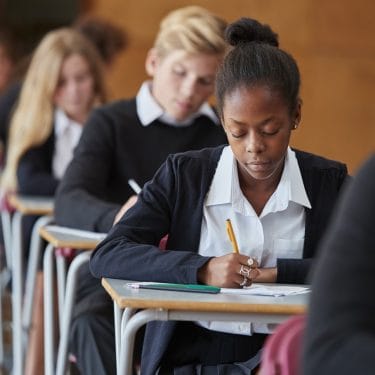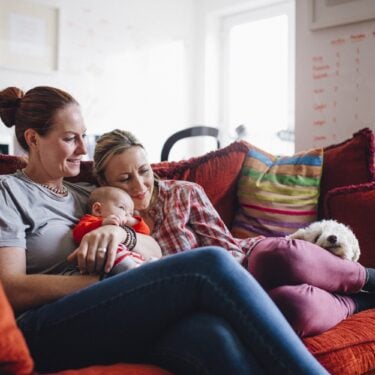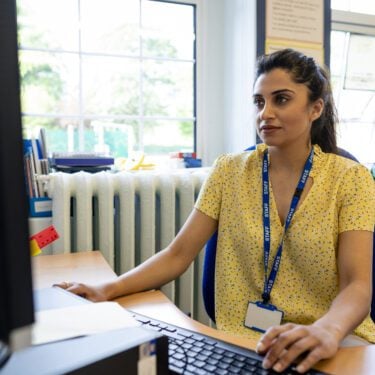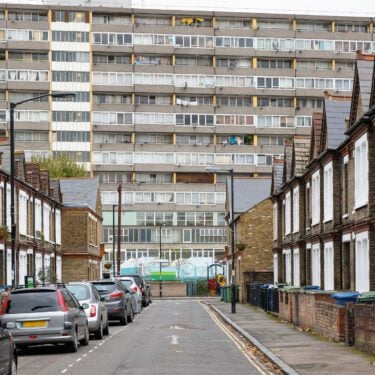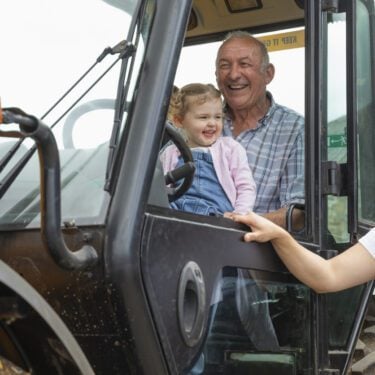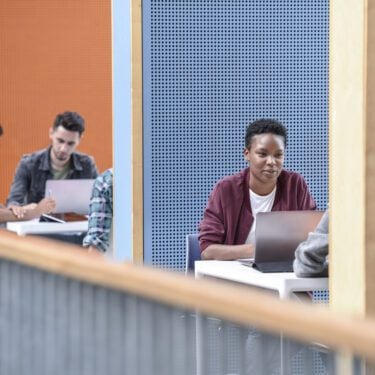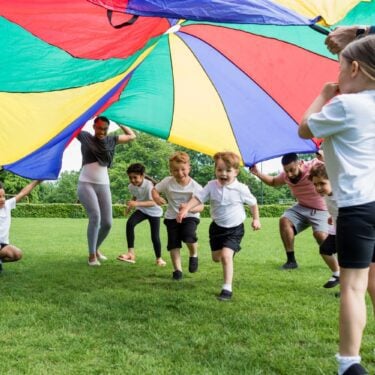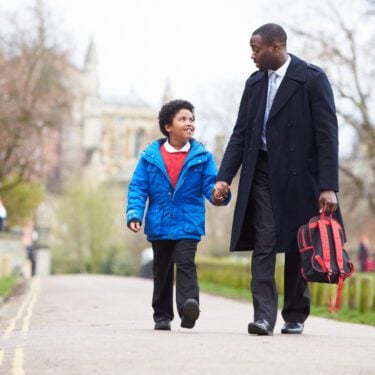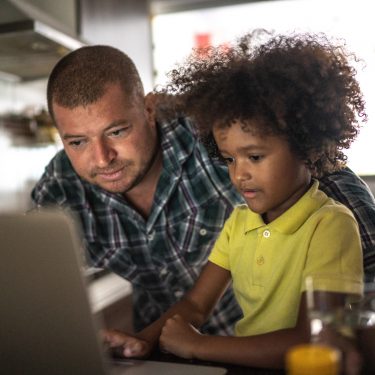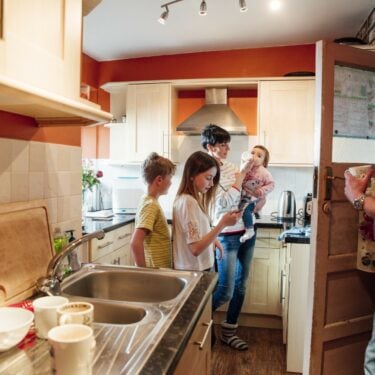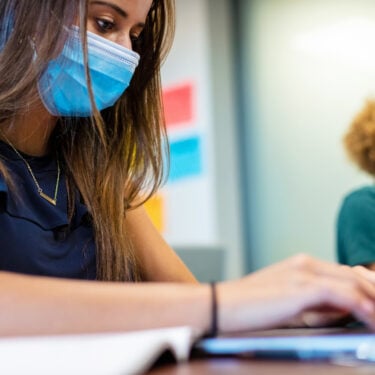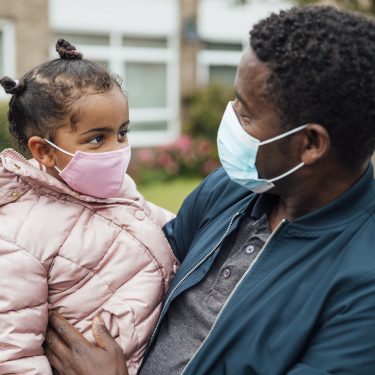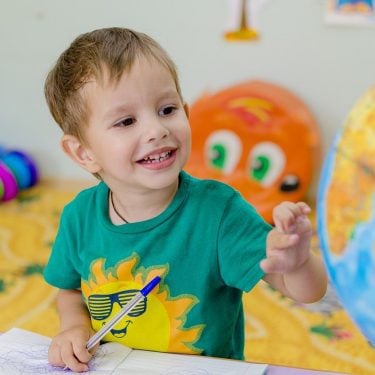
15/04/16
3 min read
School spending in England has become increasingly targeted at schools with pupils from poorer backgrounds over the past 20 years.
As a result, spending per pupil in 2013–14 amongst the 20% of secondary schools with the poorest pupils was £1,800 more than spending per pupil in the richest 20% (£7,400 compared with £5,600).
This gap of more than 30% now compares with a gap of just 15% in the late 1990s. This is one of the main findings from a new report written by IFS researchers and funded by the Nuffield Foundation on long-run changes to school spending in England since the late 1970s.
That said, there is also a lot of variation in funding between schools with similar pupil intakes. Among the 20% poorest schools, 10% spent more than £9,000 per pupil while 10% spent below £6,200. Some of these differences are readily explained by other features of the schools, but many are not. That is why the government is currently consulting on radical plans for the gradual introduction of a national school funding formula in England from 2017–18 onwards. This would replace the 152 different funding formulae used by local authorities with one single, simple formula applying across all state-funded schools in England. As a result, schools in similar circumstances would, for the first time, receive similar levels of funding. Although we cannot detail the precise effects of this reform as the government has not yet proposed an exact formula, our report published today seeks to set these reforms in a proper historical context.
Key findings include:
- Current school spending per pupil across England is expected to fall by at least 7% in real terms between 2015–16 and 2019–20. This would be the largest real-terms fall over any period since at least the late 1970s. However, due to the substantial growth in the 2000s, real school spending per pupil in 2019–20 would still be more than 50% higher than in 2000–01.
- There are substantial differences in spending levels per pupil between schools in England, and these differences have grown over time. In 2013–14, 10% of secondary pupils attended secondary schools that spent more than £7,800 per pupil while 10% attended schools that spent less than £5,100.
- A key driver of this variation is the increased spending in the most deprived set of schools and areas. In 2013–14, the poorest fifth of secondary schools (in terms of the proportion of pupils eligible for free school meals) spent 31% more per pupil than the richest fifth, up from around 15% in the late 1990s. This difference has grown from 10% to 25% for primary schools. It is likely such differentials will be preserved in the national funding formula.
- Local authorities can and do make different choices in the way they fund different sorts of schools in their area. In 10% of local authorities, secondary schools spend at least 40% more than primary schools per pupil; but in 10% of local authorities, the difference was less than 30%. A national funding formula would eradicate such differences and would therefore lead to substantial changes in spending per pupil within individual local authorities. It would also imply a loss of discretion for local authorities to respond to particular local circumstances.
- Differences in average spending levels between local authorities are, however, largely explained by characteristics of the local authorities: 80% of the variation in spending per pupil across local authorities can be explained by whether they are in London and their level of deprivation. A national funding formula therefore need not lead to significant redistribution between local authorities.
It is the total amount of spending that pupils experience over all their years in schooling that is likely to matter most for educational outcomes. This report provides the first estimates of total school spending received by each cohort in England:
- On average, students taking their GCSEs in 2015 had £57,000 spent on them over the course of their schooling career between Reception and Year 11. However, there is considerable variation: of pupils taking their GCSEs in 2013, 10% had less than £49,000 spent on them and 10% had more than £67,000.
- Changes in school spending policy take a long time to affect the amount different cohorts experience in total school spending. For example, total spending per pupil will continue to grow over the current parliament, even though annual spending per pupil will fall in real terms.
“Over the past two decades, school spending has become increasingly targeted at the schools with the most deprived intakes; the Pupil Premium continued rather than started this trend. This represents a major shift in the role of the state, with the school funding system playing an increasingly important role in redistribution,” said Chris Belfield, one of the authors of the report.
“The introduction of a national funding formula for schools in England looks set to be one of the most radical shake-ups of school funding in at least the past 30 years. Replacing 152 different formulae with one single, simple formula will inevitably lead to substantial changes in funding across schools and, for good or bad, will almost completely remove local authorities from the school funding system,” said Luke Sibieta, the other author of the report.



